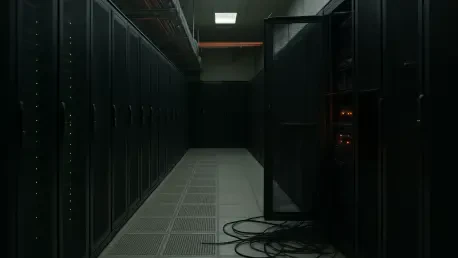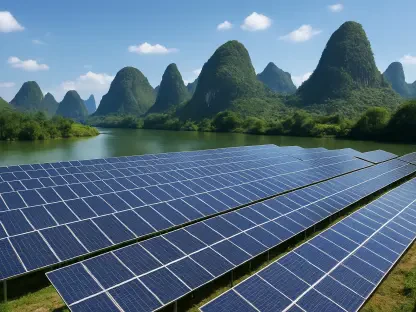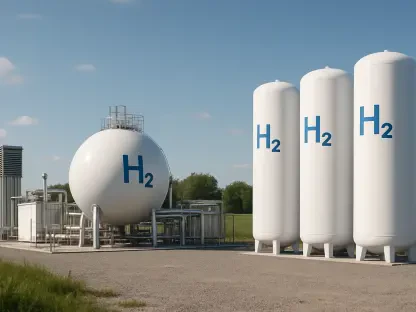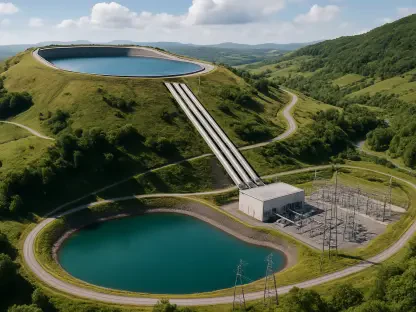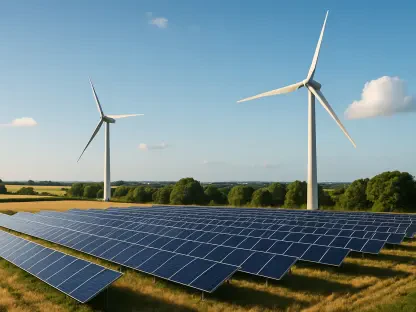I’m thrilled to sit down with Christopher Hailstone, a seasoned expert in energy management and renewable energy, and our go-to specialist on utilities. With his deep knowledge of electricity delivery, grid reliability, and security, Christopher offers a unique perspective on the pressing challenges and opportunities in the energy sector. Today, we’re diving into Georgia Power’s ambitious proposal to expand the grid by nearly 10 gigawatts, driven largely by anticipated demand from data centers. Our conversation will explore the reasons behind this massive increase in capacity, the potential impact on customer bills, the risks of planning for uncertain demand, and how this expansion might shape the future of energy in the state.
Can you walk us through why Georgia Power is proposing such a significant increase in energy capacity—nearly 10 gigawatts?
Certainly, Silvia. This proposal is driven by a combination of factors, but the core issue is future-proofing the grid for a surge in electricity demand. Georgia Power is looking at rapid growth in sectors that are incredibly power-hungry, alongside general population and economic expansion in the state. A big chunk of this—about 80%—is tied to the potential influx of data centers, which require massive amounts of energy to operate. Beyond that, there’s also the steady rise in residential and commercial needs, especially in metro areas like Atlanta. It’s about ensuring the grid doesn’t just keep up but stays ahead of where demand might go in the next decade or so.
What’s behind this heavy reliance on data centers as the main driver for new energy demand?
Data centers are becoming a cornerstone of modern infrastructure—think cloud computing, AI, and big data. They’re essentially digital factories that run 24/7, and each one can consume as much power as a small city. Georgia Power is banking on the state becoming a hub for these facilities due to its business-friendly environment and strategic location. While specific projects aren’t always public at this stage, the utility is working off industry trends and discussions with tech companies eyeing the region. It’s a bit of a gamble, but they’re projecting that if even a fraction of these centers set up shop, the demand will be staggering.
How confident do you think the utility is that these data centers will actually materialize in Georgia?
From what I’ve seen, there’s a mix of optimism and caution. Georgia Power is basing its projections on market signals—like interest from tech giants and the state’s growing reputation as a tech hub—but there’s no ironclad guarantee. They’re likely working with economic development agencies to attract these businesses, and their confidence probably stems from early commitments or letters of intent. Still, the tech industry can be unpredictable, with projects sometimes stalling or relocating. I’d say they’re reasonably hopeful but aware of the risks, which is why they plan to revisit these forecasts regularly.
There’s a lot of concern from customers about power bills rising due to this expansion. How do you see this playing out for everyday households?
It’s a valid worry. Building out grid capacity—whether through new plants, infrastructure upgrades, or renewable projects—comes with hefty costs, and historically, utilities often pass those on to consumers. If the data centers don’t come as expected, regular customers could shoulder a disproportionate share of the expense through higher rates. Right now, with a rate freeze in place through 2028, there’s a buffer, but after that, it’s uncertain. Georgia Power will need to balance cost recovery with affordability, possibly through tiered pricing or incentives for large industrial users to offset the burden on households.
Speaking of that rate freeze through 2028, how does it impact customers in the short term, and what might happen after it ends?
The rate freeze is a bit of a breather for customers. It means that, for now, Georgia Power can’t raise base rates, even as they plan this expansion, which offers some relief to folks already feeling the pinch from recent bill increases. Post-2028, though, the door opens for potential hikes if the costs of adding capacity outpace revenue from new demand. The utility will likely look at actual demand growth, project costs, and regulatory guidance from the Public Service Commission to decide on any adjustments. It’s not a given, but it’s a possibility customers should keep an eye on.
There’s been criticism that planning for power that might not be needed is risky. How is Georgia Power navigating this uncertainty?
That criticism has merit—overbuilding capacity can lead to stranded assets, where you’ve invested in infrastructure that sits idle, and customers end up paying for it. Georgia Power seems to be taking a phased approach, though, by not committing to all 10 gigawatts at once but rather planning in stages and reassessing demand forecasts over time. They’re also likely diversifying the types of capacity—mixing quicker-to-deploy solutions like gas with longer-term renewables—to hedge against uncertainty. It’s a tightrope between being proactive and avoiding waste, and they’ll need sharp forecasting to get it right.
Can you shed light on how Georgia Power intends to deliver this additional energy to the grid?
From what’s been shared, it’s going to be a multi-pronged strategy. We’re talking new generation sources, which could include natural gas plants for quick scalability, alongside a push for renewables like solar, which Georgia has been expanding. There’s also likely a focus on grid modernization—upgrading transmission lines and storage systems to handle the load efficiently. The timeline depends on the mix; gas plants can come online in a few years, while large-scale solar or wind projects might take longer due to permitting and construction. It’s a complex puzzle, but they’re aiming to start rolling out capacity as soon as regulatory approval comes through.
What’s your forecast for the future of energy demand and grid expansion in Georgia over the next decade?
I think Georgia is at a pivotal moment. If the data center boom happens as projected, we’re looking at a transformed energy landscape—potentially a leader in balancing high-tech demand with sustainable solutions. Over the next ten years, I expect a significant uptick in renewable integration as costs continue to drop, coupled with smarter grid tech to manage fluctuating loads. But the wildcard is whether that industrial demand fully materializes. If it doesn’t, we might see slower expansion and more focus on efficiency for existing customers. Either way, the state’s energy policies and regulatory decisions in the next few years will set the tone for how well we adapt to these big shifts.
